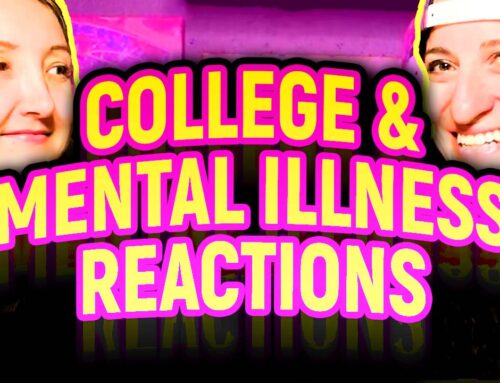Are Students Receiving the Mental Health Help They Need?
Mental health is slowly becoming a topic that is widely regarded, better understood, and safer to talk about amongst the general public. However, the challenges of mental illness still affect a profoundly large number of people.
Many people across countless demographics and walks of life don’t have adequate access to the resources that would help them better manage or reduce their mental illnesses or difficulties. One of those demographics – one that experiences higher-than-average risk factors for developing mental illnesses – is students.
Mental Health Stressors and Conditions that Affect Students
The very nature of the student experience is often what makes students more susceptible than other demographics to experiencing mental health difficulties or illnesses. Though students can experience a full range of mental health challenges, the average student lifestyle lends itself to causing or exacerbating a few mental health challenges in particular:
Anxiety and Depression
Students experience both academic and social pressures that usually increase in intensity with their age. By the time they get to college, they also often transition to living somewhere outside their childhood home and are faced with the additional pressures of learning to function on their own without parents or adult role models close at hand.
The pressures they feel to live up to academic expectations, fit in with their peers, find friends, or cope with the significant changes they experience can create a perfect storm that dramatically elevates the risk of experiencing clinical anxiety or depression (or both).
Neurodiversity and Learning Disorders
The academic or educational setting requires skills, processes, and specific types of engagement that are the most likely to be affected or hampered by many forms of neurodiversity or learning disorders.
These mental health conditions often require creativity, adjusted teaching methods, aids, and other implements to help those with any condition within this branch of mental disorders thrive as a student. Some individuals with said conditions receive the support they need, but others do not and flounder.
Eating Disorders
A wide range of factors can contribute to the reason an individual develops an eating disorder. For many students, a large number of those factors all exist at once within their learning environment. This reality makes eating disorders much more prevalent. These factors include increases in both responsibility and peer pressure, leaving family and rhythms of being cared for by adults, increased available dietary choices and less oversight, and more.
Resources Available to Students
The average state of mental health awareness is slowly rising across educational environments in America. However, many students still lack adequate access to mental health services. Many colleges are working to offer more virtual options and telehealth for mental health needs. However, for many students a disparity still exists.
Tools Students can Use to Maintain Mental Health
If you are a student, or you know one that may be struggling with their mental health, there are wellness tools you can try on your own whether you have formal mental health resources available to you or not. It is hugely important to be aware of the positive ways you can affect your mental health and proactively work towards keeping it strong and healthy, especially if you are a student in some capacity:
- Pay attention to your nutrition. Your brain is part of your body and, just like the rest of you, functions better when you run off of high-quality fuel. Nutrition is not just linked to weight loss or gain. It is a vitally important part of everyone’s wellbeing and should be treated that way.
- Get adequate sleep. Making sure you get an appropriate number of hours of sleep a night as much as you possibly can go a long way in helping you avoid a number of mental health challenges. Sleep allows your brain to reset, helps your body to recuperate from physical stress, and can reduce anxiety.
- Exercise and get active. Physical activity can also help reduce stress and anxiety. It improves your body’s physical health, produces helpful hormones that can regulate your mood, and more.
- Practice stress management skills. Stress affects everyone. It’s important to know how to handle stress in constructive ways. This can include practicing good time management, incorporating yoga or mindfulness into your daily or weekly routine, and knowing what your body and personality need to recharge.
Students experience significant stressors that can cause mental illness. It’s important for students – and the people that care about them – to be aware of mental health challenges and proactive in working to combat them effectively. For more information on student wellness for remote learners, check out this guide created by Maryville University.





